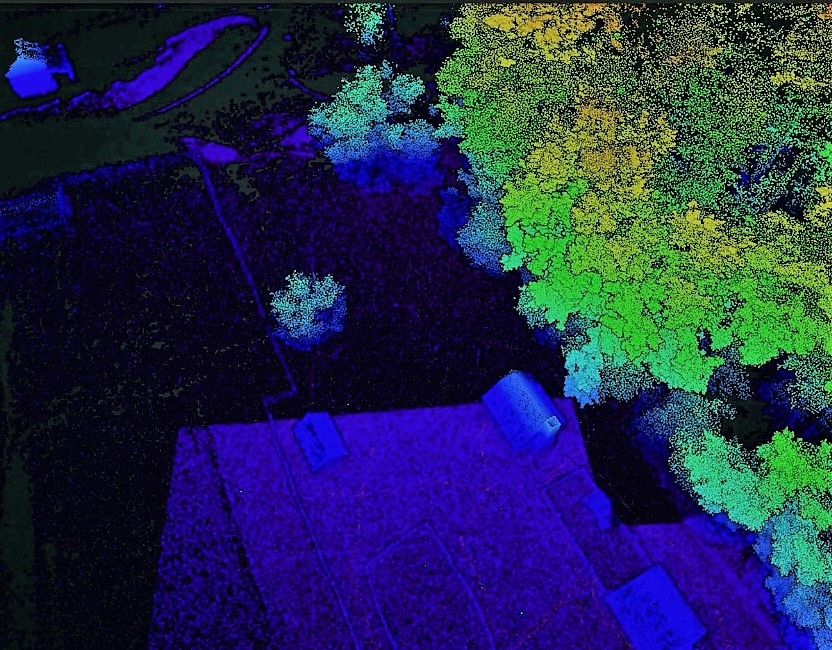Experiencing Civil War History Through Augmented Reality

A team of faculty and students from Virginia Tech and VCU are developing an Augmented Reality application for visitors to Pamplin Historical Park in Petersburg, Virginia.
Using mobile devices, visitors will learn new insights into slavery and the Civil War. An interactive exercise reveals how soldiers used different kinds of fortifications to defend their positions. A recreation of the 1860s landscape allows visitors to understand how one of the last major battles of the war unfolded. And a guided exploration of 3D objects shows the meaning of food and cooking to enslaved African Americans.
Visualizing the past in new ways promises to inspire deeper empathy, curiosity, and understanding of this pivotal period of American history.
The project has been funded by grants from the National Endowment for the Humanities.


In addition to Tim Talbott, Director of Education at the Pamplin Historical Park, the center is partnering on this project with Dr. Kathryn Shively of Virginia Commonwealth University, Virginia Tech’s Center for Human-Computer Interaction, VT’s program in Applied Research in Immersive Experiences and Simulations, and multiple VT faculty: Paul Quigley (History); Doug Bowman (Computer Science); Zachary Duer (Visual Arts); Corinne Guimont (Libraries); David Hicks (Education); Kurt Luther (Computer Science); Todd Ogle (Libraries); Thomas Tucker (Visual Arts).


